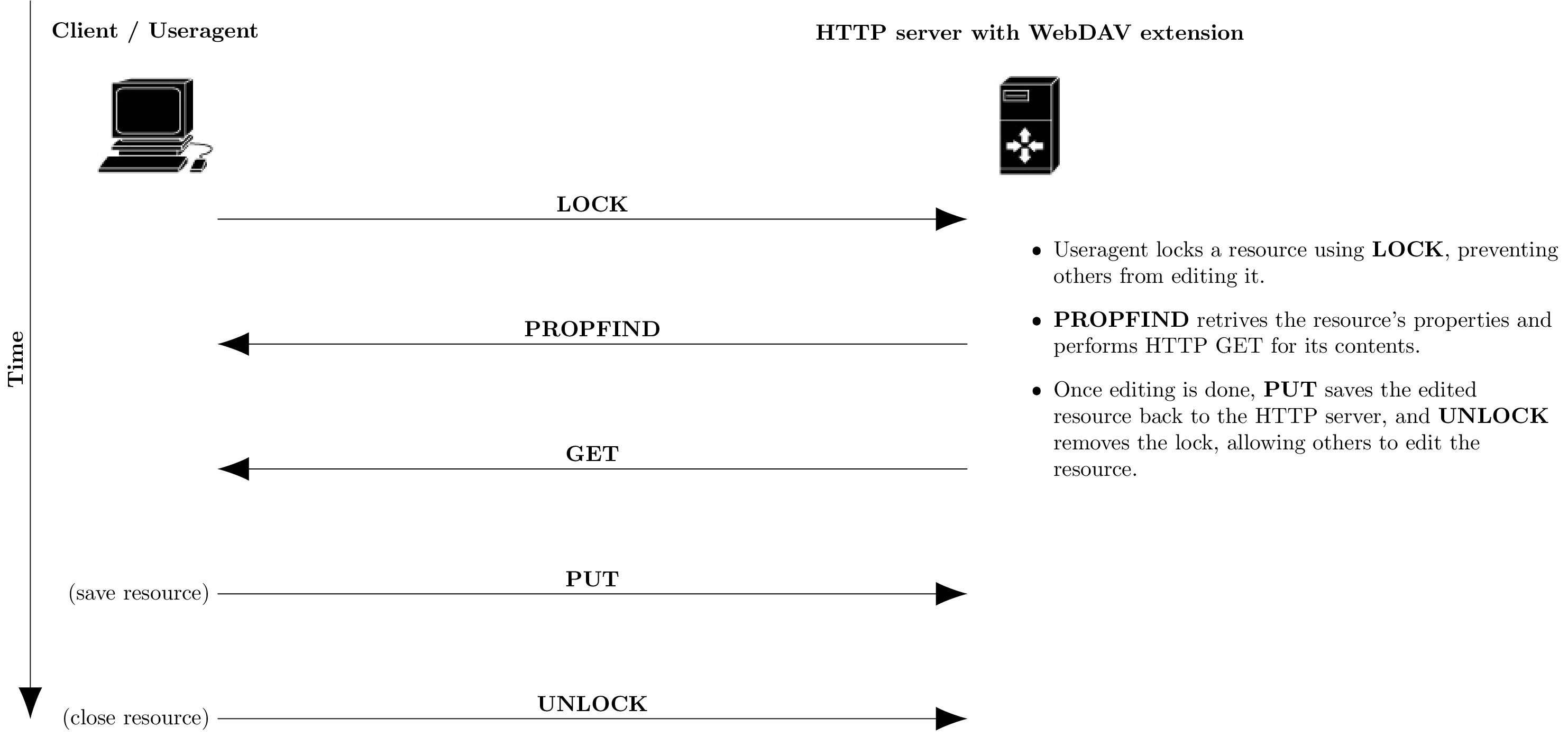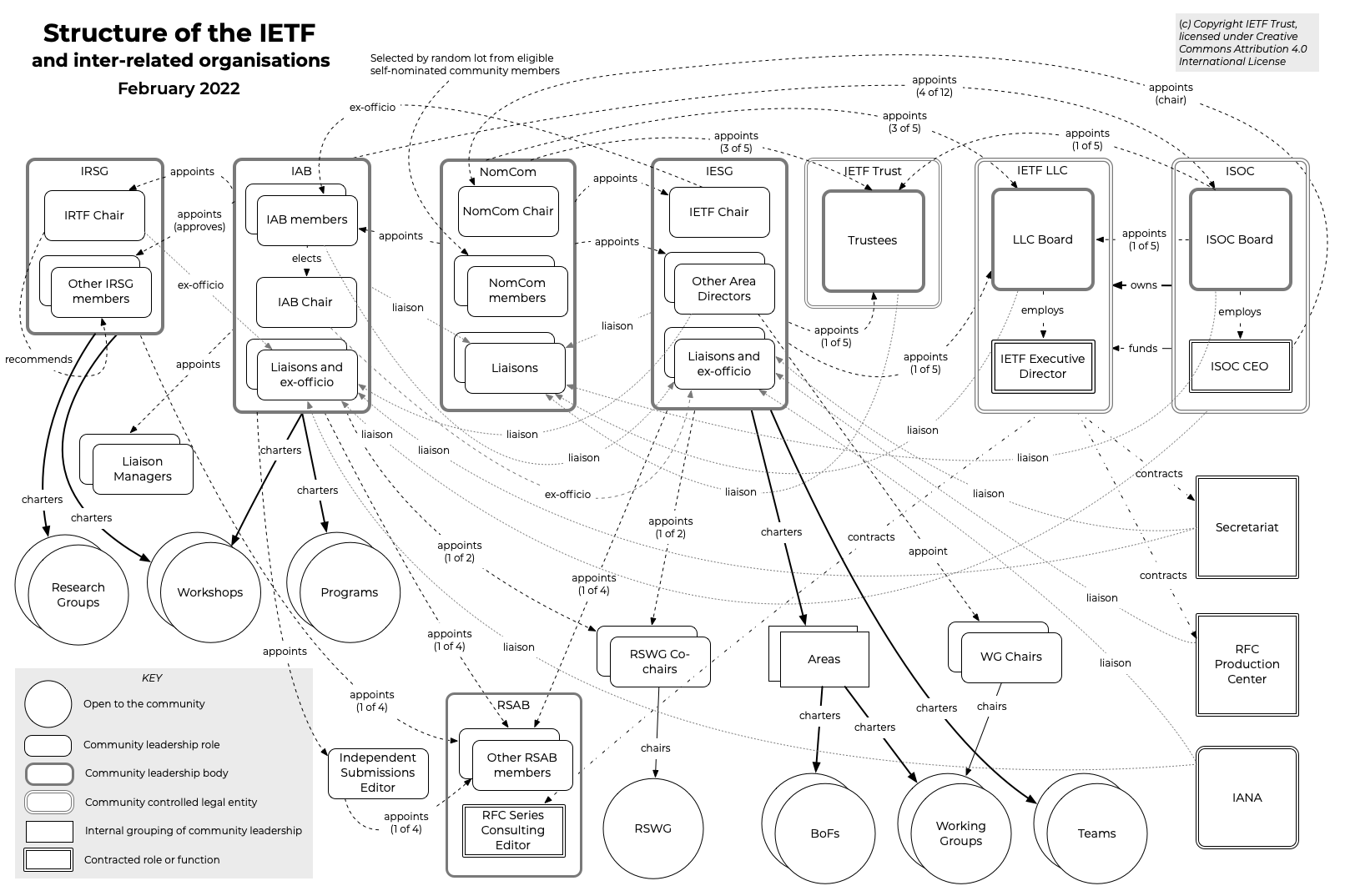|
HTTP 403
HTTP 403 is an HTTP status code meaning access to the requested resource is forbidden. The server understood the request, but will not fulfill it, if it was correct. Specifications HTTP 403 provides a distinct error case from HTTP 401; while HTTP 401 is returned when the client has not authenticated, and implies that a successful response may be returned following valid authentication, HTTP 403 is returned when the client is not permitted access to the resource despite providing authentication such as insufficient permissions of the authenticated account. Error 403: "The server understood the request, but is refusing to authorize it." Error 401: "The 401 (Unauthorized) status code indicates that the request has not been applied because it lacks valid authentication credentials for the target resource." The Apache web server returns 403 Forbidden in response to requests for URL paths that corresponded to file system directories when directory listings have been disabled i ... [...More Info...] [...Related Items...] OR: [Wikipedia] [Google] [Baidu] |
HTTP Status Code
Hypertext Transfer Protocol (HTTP) response status codes are issued by a server in response to a client's request made to the server. It includes codes from IETF Request for Comments (RFCs), other specifications, and some additional codes used in some common applications of the HTTP. The first digit of the status code specifies one of five standard classes of responses. The optional message phrases shown are typical, but any human-readable alternative may be provided, or none at all. Unless otherwise stated, the status code is part of the HTTP standard. The Internet Assigned Numbers Authority (IANA) maintains the official registry of HTTP status codes. All HTTP response status codes are separated into five classes or categories. The first digit of the status code defines the class of response, while the last two digits do not have any classifying or categorization role. There are five classes defined by the standard: * ''1xx informational response'' – the request was rece ... [...More Info...] [...Related Items...] OR: [Wikipedia] [Google] [Baidu] |
Server (computing)
A server is a computer that provides information to other computers called " clients" on a computer network. This architecture is called the client–server model. Servers can provide various functionalities, often called "services", such as sharing data or resources among multiple clients or performing computations for a client. A single server can serve multiple clients, and a single client can use multiple servers. A client process may run on the same device or may connect over a network to a server on a different device. Typical servers are database servers, file servers, mail servers, print servers, web servers, game servers, and application servers. Client–server systems are usually most frequently implemented by (and often identified with) the request–response model: a client sends a request to the server, which performs some action and sends a response back to the client, typically with a result or acknowledgment. Designating a computer as "server-class hardwa ... [...More Info...] [...Related Items...] OR: [Wikipedia] [Google] [Baidu] |
Apache HTTP Server
The Apache HTTP Server ( ) is a free and open-source software, free and open-source cross-platform web server, released under the terms of Apache License, Apache License 2.0. It is developed and maintained by a community of developers under the auspices of the Apache Software Foundation. The vast majority of Apache HTTP Server instances run on a Linux distribution, but current versions also run on Microsoft Windows, OpenVMS, and a wide variety of Unix-like systems. Past versions also ran on NetWare, OS/2 and other operating systems, including ports to mainframes. Originally based on the NCSA HTTPd server, development of Apache began in early 1995 after work on the NCSA code stalled. Apache played a key role in the initial growth of the World Wide Web, quickly overtaking NCSA HTTPd as the dominant HTTP server. In 2009, it became the first web server software to serve more than 100 million websites. , Netcraft estimated that Apache served 17.83% of the million busiest websites, w ... [...More Info...] [...Related Items...] OR: [Wikipedia] [Google] [Baidu] |
URL Redirection
URL redirection, also called URL forwarding, is a World Wide Web technique for making a web page available under more than one URL address. When a web browser attempts to open a URL that has been redirected, a page with a different URL is opened. Similarly, domain redirection or domain forwarding is when all pages in a URL domain are redirected to a different domain, as whewikipedia.comanwikipedia.netare automatically redirected twikipedia.org URL redirection is done for various reasons: * for URL shortening; * to prevent broken links when web pages are moved; * to allow multiple domain names belonging to the same owner to refer to a single web site; * to guide navigation into and out of a website; * for privacy protection (such as redirecting YouTube and Twitter links to Invidious and Nitter respectively or to turn AMP links into normal links); and * for hostile purposes such as phishing attacks or malware distribution. Purposes There are several reasons to use URL redire ... [...More Info...] [...Related Items...] OR: [Wikipedia] [Google] [Baidu] |
Directory (computing)
In computing, a directory is a file system cataloging structure that contains references to other computer files, and possibly other directories. On many computers, directories are known as folders or drawers, analogy, analogous to a workbench or the traditional office filing cabinet. The name derives from books like a telephone directory that lists the phone numbers of all the people living in a certain area. Files are organized by storing related files in the same directory. In a hierarchical file system (that is, one in which files and directories are organized in a manner that resembles a tree structure, tree), a directory contained inside another directory is called a subdirectory. The terms parent and child are often used to describe the relationship between a subdirectory and the directory in which it is cataloged, the latter being the parent. The top-most directory in such a filesystem, which does not have a parent of its own, is called the root directory. The freedesktop ... [...More Info...] [...Related Items...] OR: [Wikipedia] [Google] [Baidu] |
Webserver Directory Index
When an HTTP client (generally a web browser) requests a URL that points to a directory structure instead of an actual web page within the directory structure, the web server will generally serve a default page, which is often referred to as a main or "index" page. A common filename for such a page is index.html, but most modern HTTP servers offer a configurable list of filenames that the server can use as an index. If a server is configured to support server-side scripting, the list will usually include entries allowing dynamic content to be used as the index page (e.g. index. cgi, index. pl, index. php, index. shtml, index. jsp, default. asp) even though it may be more appropriate to still specify the HTML output (index.html.php or index.html.aspx), as this should not be taken for granted. An example is the popular open source web server Apache, where the list of filenames is controlled by the DirectoryIndex directive in the main server configuration file or in the configuratio ... [...More Info...] [...Related Items...] OR: [Wikipedia] [Google] [Baidu] |
Mod Proxy
Mod, MOD or mods may refer to: Places * Modesto City–County Airport, Stanislaus County, California, US Arts, entertainment, and media Music * Mods (band), a Norwegian rock band * M.O.D. (Method of Destruction), a band from New York City, US * The Mods (band), a punk rock band from Toronto, Canada Other uses in arts, entertainment, and media * Manufactured on demand for CD, DVD distribution * Mod (film), ''Mod'' (film), 2011 * The Mods (film), ''The Mods'' (film), 2014 * Video game modding * , a Scottish Gaelic festival * Media-on-demand * ''MuchOnDemand'', a Canadian TV program Brands and enterprises * Mod Club Theatre, Toronto, Canada * MOD Pizza, US Organizations * MoD, Ministry of defence of some countries ** MoD (UK), Ministry of Defence * Masters of Deception, a US hacker group * Ministry of Development (Brunei) Science and technology Computing and Internet * Mod, a module for Apache HTTP Server * Case modding of a computer * Forum moderator, of an online forum * Modul ... [...More Info...] [...Related Items...] OR: [Wikipedia] [Google] [Baidu] |
Internet Information Services
Microsoft IIS (Internet Information Services, IIS, 2S) is an extensible web server created by Microsoft for use with the Windows NT family. IIS supports HTTP, HTTP/2, HTTP/3, HTTPS, FTP, FTPS, SMTP and NNTP. It has been an integral part of the Windows NT family since Windows NT 4.0, though it may be absent from some editions (e.g. Windows XP Home edition), and is not active by default. A dedicated suite of software called SEO Toolkit is included in the latest version of the manager. This suite has several tools for SEO with features for metatag / web coding optimization, sitemaps / robots.txt configuration, website analysis, crawler setting, SSL server-side configuration and more. History The first Microsoft web server was a research project at the European Microsoft Windows NT Academic Centre (EMWAC), part of the University of Edinburgh in Scotland, and was distributed as freeware. However, since the EMWAC server was unable to handle the volume of traffic going to ... [...More Info...] [...Related Items...] OR: [Wikipedia] [Google] [Baidu] |
WebDAV
WebDAV (Web Distributed Authoring and Versioning) is a set of extensions to the Hypertext Transfer Protocol (HTTP), which allows user agents to collaboratively author contents ''directly'' in an HTTP web server by providing facilities for concurrency control and namespace operations, thus allowing the Web to be viewed as a ''writeable, collaborative medium'' and not just a read-only medium. WebDAV is defined in by a working group of the Internet Engineering Task Force (IETF). The WebDAV protocol provides a framework for users to create, change and move documents on a server. The most important features include the maintenance of properties about an author or modification date, namespace management, collections, and overwrite protection. Maintenance of properties includes such things as the creation, removal, and querying of file information. Namespace management deals with the ability to copy and move web pages within a server's namespace. Collections deal with the creation ... [...More Info...] [...Related Items...] OR: [Wikipedia] [Google] [Baidu] |
IETF
The Internet Engineering Task Force (IETF) is a standards organization for the Internet standard, Internet and is responsible for the technical standards that make up the Internet protocol suite (TCP/IP). It has no formal membership roster or requirements and all its participants are volunteers. Their work is usually funded by employers or other sponsors. The IETF was initially supported by the federal government of the United States but since 1993 has operated under the auspices of the Internet Society, a non-profit organization with local chapters around the world. Organization There is no membership in the IETF. Anyone can participate by signing up to a working group mailing list, or registering for an IETF meeting. The IETF operates in a bottom-up task creation mode, largely driven by working groups. Each working group normally has appointed two co-chairs (occasionally three); a charter that describes its focus; and what it is expected to produce, and when. It is open ... [...More Info...] [...Related Items...] OR: [Wikipedia] [Google] [Baidu] |





